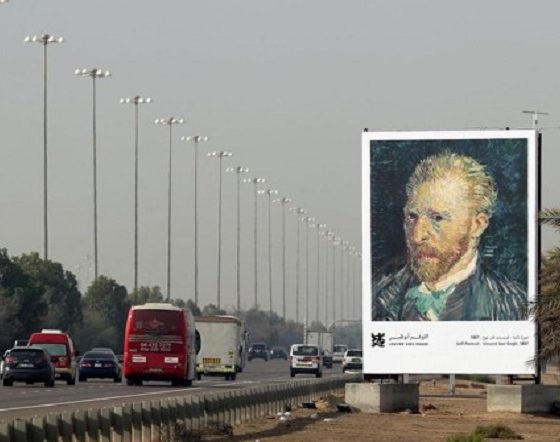Hearprint
By Cochlear
Many Australians suffer from hearing loss, it takes sufferers seven years on average to seek help. This delay leads to social isolation, loss of relationships, reduced quality of life, and an increased likelihood of depression and cognitive decline. Cochlear wants Australians to understand, identify and act on their hearing loss before it’s too late, by making hearing loss, which is an “invisible disability”, visible.
Make It Metal
By Sony Music Entertainment
Heavy Metal fans are decreasing at a rate of 15% every year since 1999. Sony was about to launched a new album of the heavy metal band CROSSFAITH. They decided to engage this community which is becoming more and more niche by leverage what metal fans like to do at a metal concert – headbang – but in an innovative, personalized and digital way.
The Canceller
By Reclame Aqui
Canceling a service is often one of the most frustrating tasks for a consumer, big corporations create all kinds of obstacles to make people quit trying. Reclame Aqui decided to counter their tactics. The Canceller is a bot that integrates the powerful artificial intelligence of IBM Watson with Google Cloud. The bot is capable of calling the companies’ call centers to ask for the cancelling and it will never give up until the service is cancelled!
SEEING AI – TALKING CAMERA APP FOR THE BLIND
By Microsoft
The image classification errors were decreasing by 50% year-over-year, meaning it was likely that it would catch up to human accuracy in the near future. Microsoft realized this might be an opportunity for helping people with visual impairments by bringing together the power of visual recognition, cloud and AI to deliver an intelligent app designed to help those people navigate their day with spoken audio.
Google home of Whopper
By Burger King
In our days where people are surrounded by advertising, getting audiences to listen & engage with a TVC is a struggle. However, voice search through smart devices like Google Home is seriously disrupting the ad world. And those voice activated devices are gaining adoption within US House-holds, with many keeping these devices in their living rooms near their TVs. Burger King saw the chance to win people’s attention back to their TVC by “hacking” those smart devices.
Highway Gallery
By Louvre Abu Dhabi
Museum culture is not part of UAE culture. The museum of Louvre Abu Dhabi wanted to show local people that that art and museums are not boring. Almost 12,000 people commute every day between Dubai and Abu Dhabi by taking the highway, listening to radios but without much to look at. Louvre Abu Dhabi decided to merge highway outdoor billboards with radios into a new experience of museum visiting.
Car v.s. Data
By VIA Rial
In Canada the car is the fastest option when the road conditions are ideal. But when traffic and bad weather get in the way, the train becomes the best solution. However, because of their unconditional love of cars, drivers tend to be overly optimistic about how long it actually takes to get somewhere by car, failing to factor real-time road conditions into their calculations. VIA Rail wanted to remind those drivers of the convenience of rail transport by sending them real-time message based on their traffic situation.
Making the List
By LEGO
Lego is the world’s favorite toy. In order to make this brand appeal to children of our days throughout the competitive Christmas season, Lego introduced “Making The List”. The brand gathered key word from Google research data and hack the search result when parents are looking for gifts for kids on-line with a version build from Lego bricks.
SafeCap by Ford
By Ford
Sleepy behavior while driving is the biggest cause of death among Brasilian truck drivers. Ford Truck wanted to find a solution to avoid sleepy behavior while drivers’ driving by integrating a safety device with real-time data collecting and algorithm into a cap, since statistics confirm that 82% of the truck drivers in Brazil wear caps on a daily routine.








